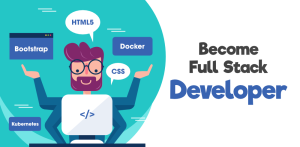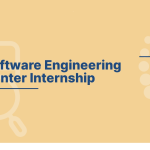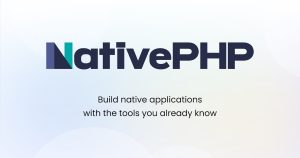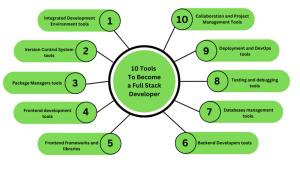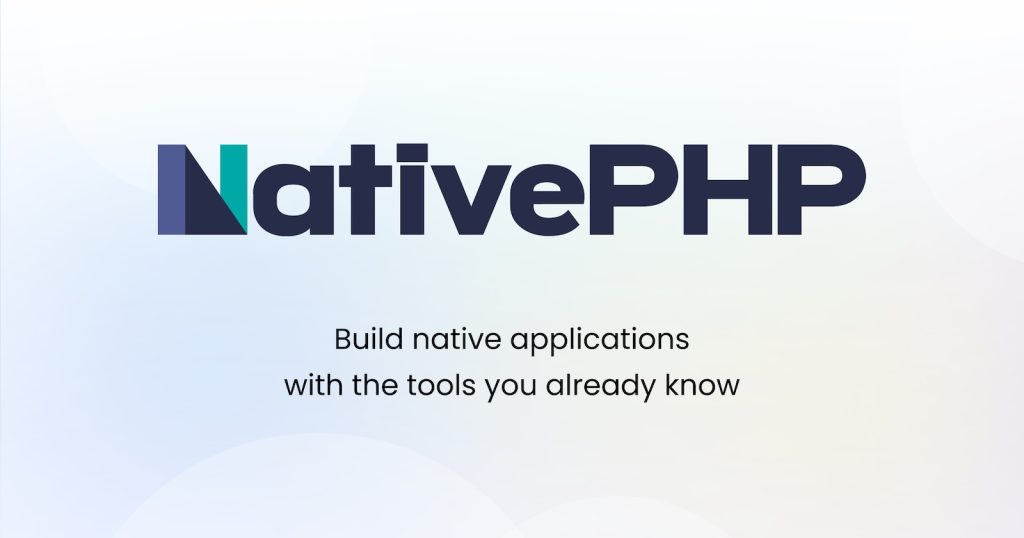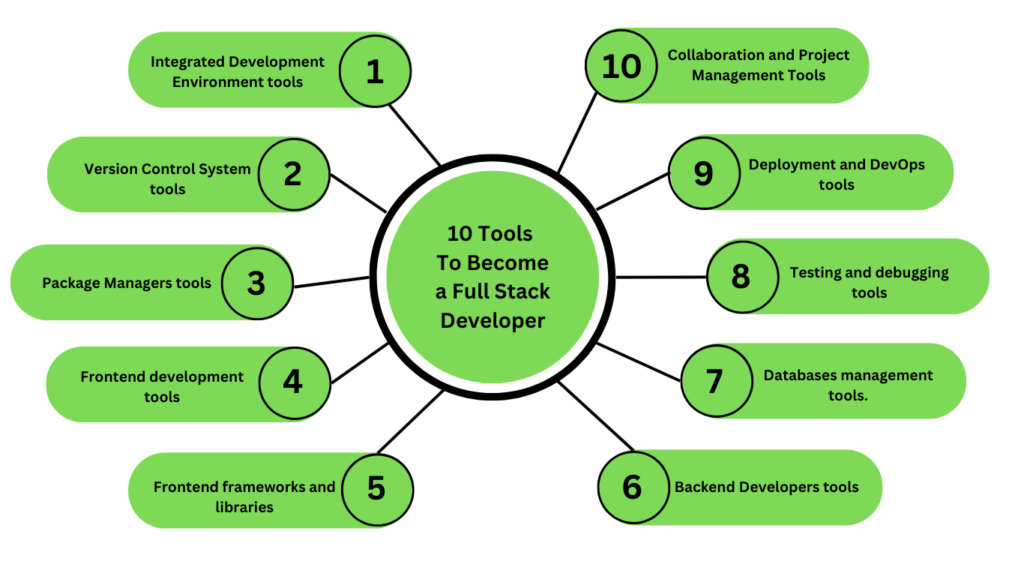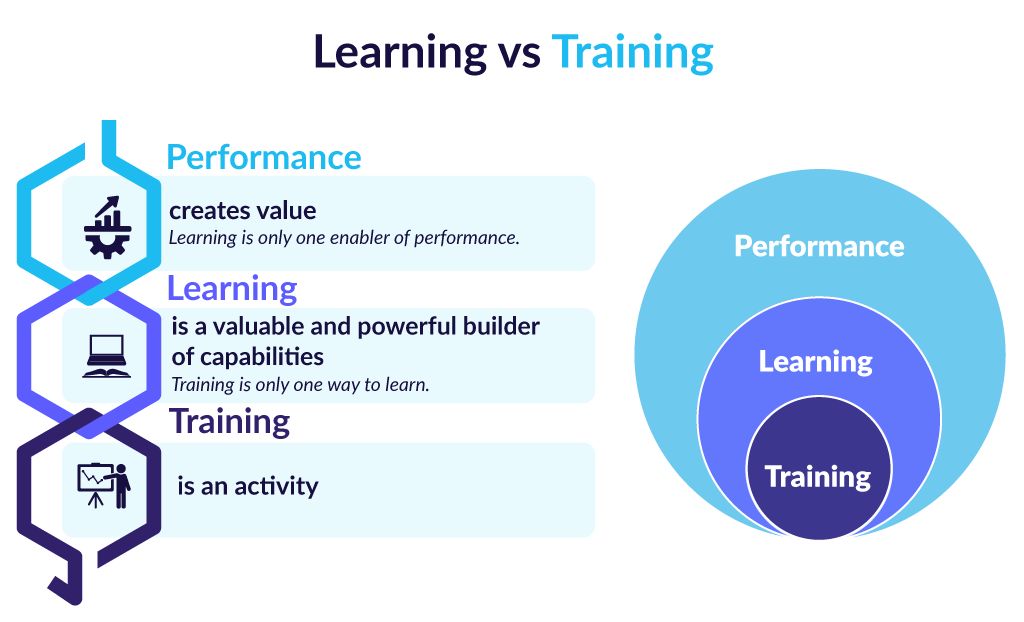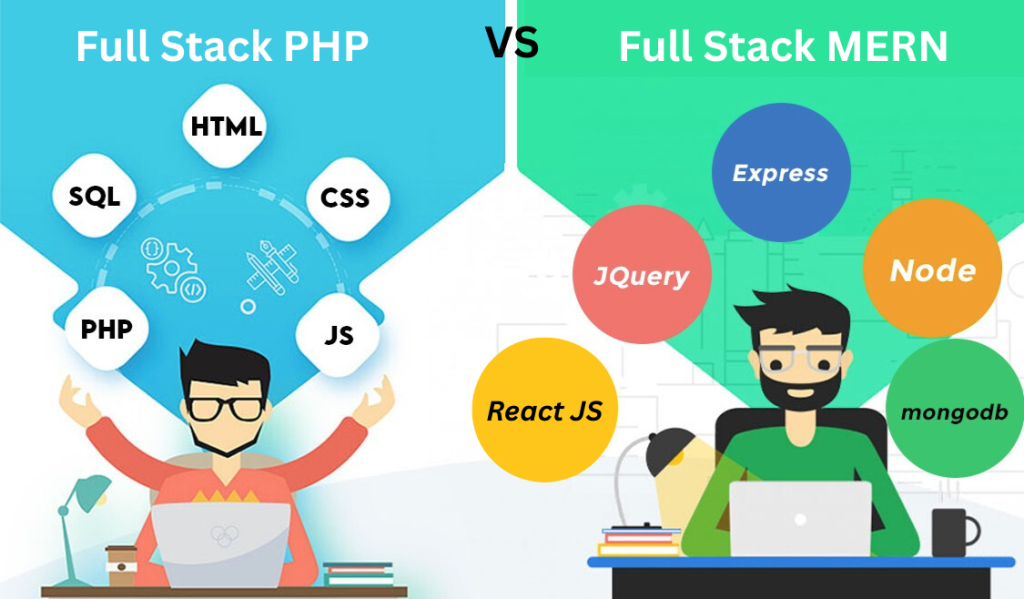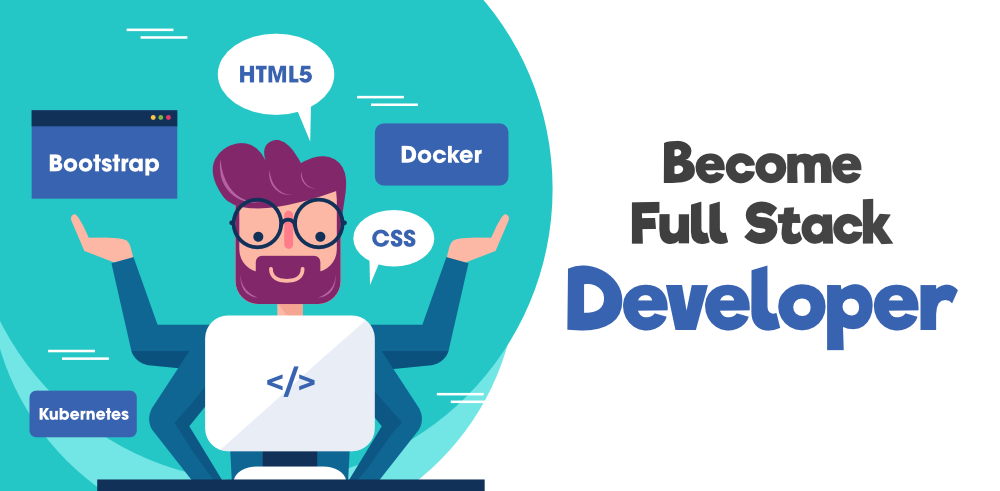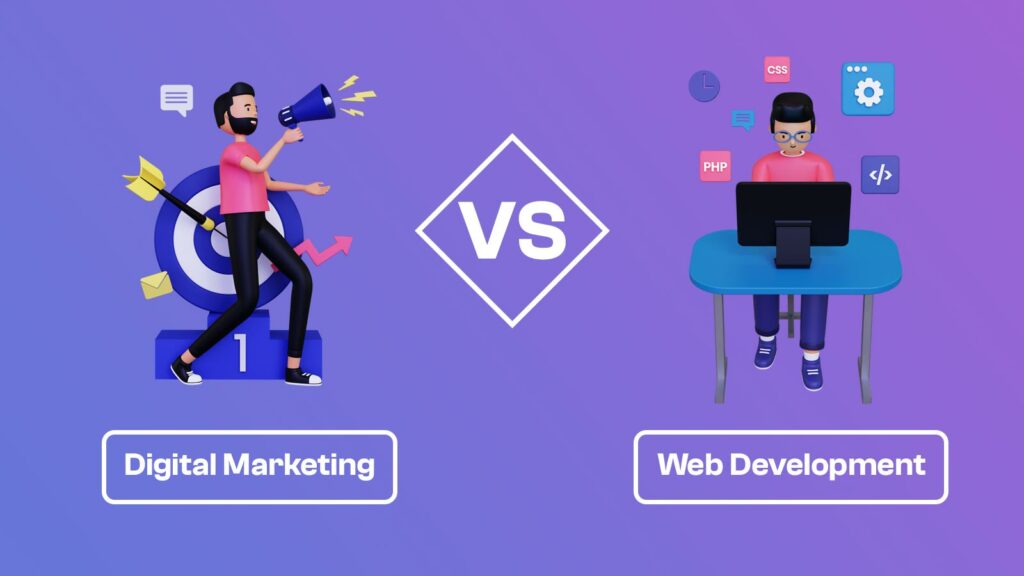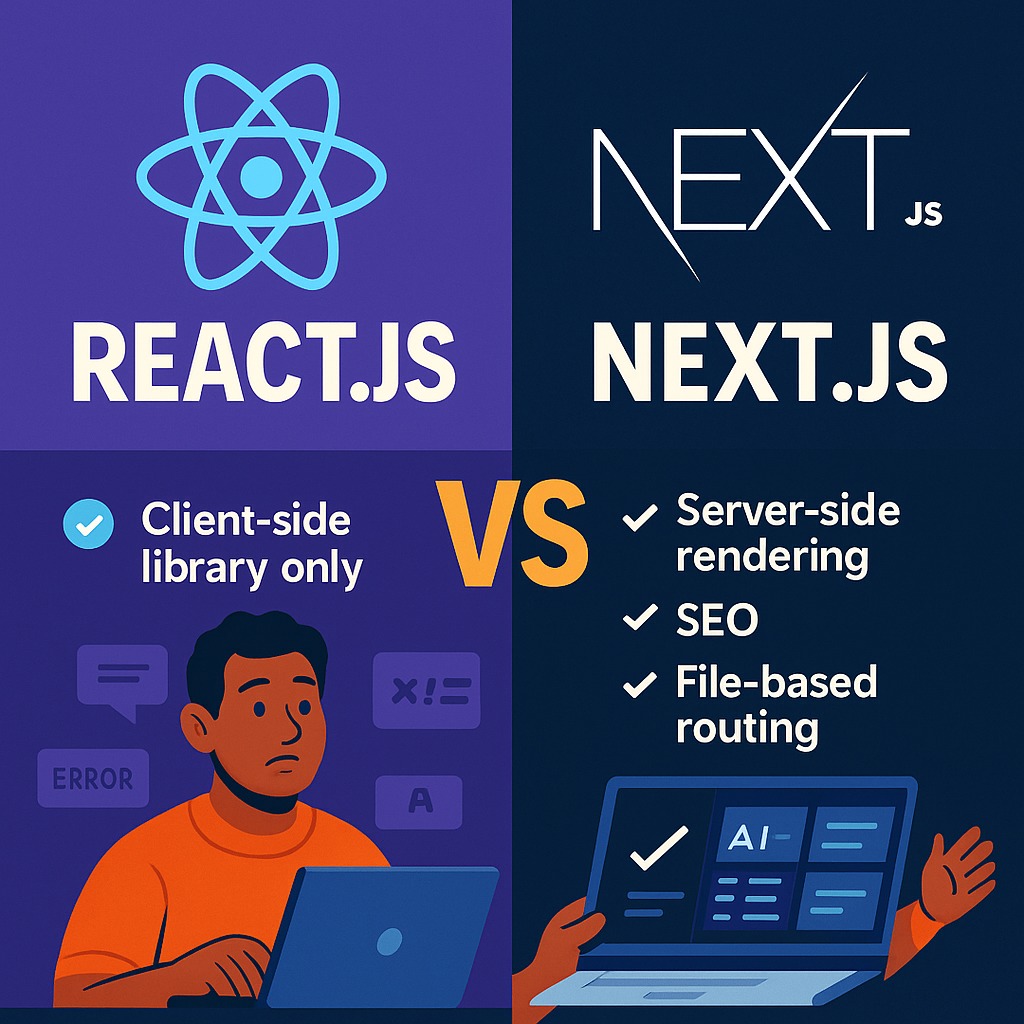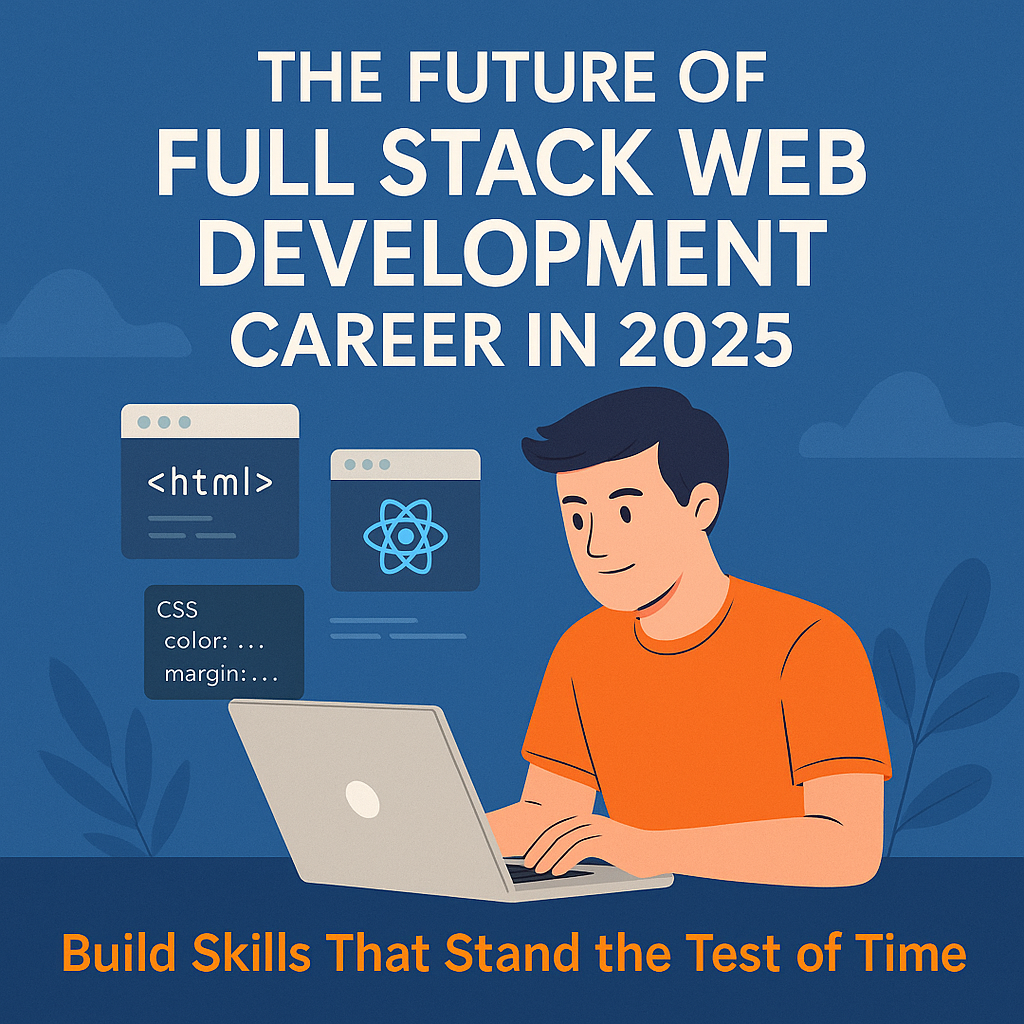How to Choose the Right Summer Training in 2025 (Even If You’re Not Sure What to Do Next)

Every year, thousands of students across B.Tech, BCA, MCA, BBA, and MBA programs find themselves asking the same question:
“What should I do this summer to actually grow?”
And right after that:
“Which summer training or internship is worth my time?”
If you’ve asked yourself this recently — you’re not alone. In this blog, we’ll break down what really matters when choosing your summer training, what to avoid, and how to make the most of those 4–6 weeks that could shape your entire career path.
Why Summer Training Even Matters
Let’s be honest. Not everyone will use their summer productively — and that’s exactly why you should. Companies don’t just look at your degree anymore; they look at:
- What you’ve actually built or worked on
- How well you understand real-world tools
- Whether you can think practically — not just academically
Summer training is a unique opportunity to go beyond theory and get a taste of how the tech, business, or digital world actually works.
What to Look for in a Good Training Program
Here’s a simple checklist to filter through the noise:
1. Project-Based Learning
Can you walk away with a project you can put on your resume or GitHub? If not, skip it.
2. Real-World Tools
Make sure you’re learning tools that companies actually use — React, Node.js, MongoDB, MySQL, SEO tools, analytics platforms, etc.
3. Mentorship, Not Just Lectures
Are the trainers working professionals? Do they build things themselves? That’s who you want to learn from.
4. Environment That Feels Like Work
Ask: Is this a classroom or a company?
Training inside a software company gives you exposure to actual team setups, tools, and processes — something that traditional institutes often miss.
What to Avoid
- Theory-heavy programs with no hands-on practice
- Training centers that use outdated tech stacks
- “Certificate-only” courses that don’t help you build confidence or portfolio
- Batch sizes so big, you never get your doubts answered
Pro Tip: You Don’t Have to Be an Expert to Start
Many students delay training thinking:
“I don’t know enough yet to join.”
But that’s the entire point of training. You show up confused, you leave confident.
Whether you’re from an IT or non-IT background, the best training environments are built to meet you where you are — and grow with you.
How to Make the Most of Your Summer Training
- Choose one skill track (don’t chase everything at once)
- Show up on time — every time
- Build one solid project by the end
- Document your learning: blog, LinkedIn post, GitHub repo
- Ask questions. Then ask some more.
- Network with trainers and peers — these relationships matter later
Final Thought
The best investment you can make is in learning something that scares you a little.
If you’re nervous about Full Stack development, Data Science, Digital Marketing, or even HR analytics — that’s a sign you should try it.
This summer isn’t about ticking boxes. It’s about setting the tone for the career you actually want.
Use it wisely.





